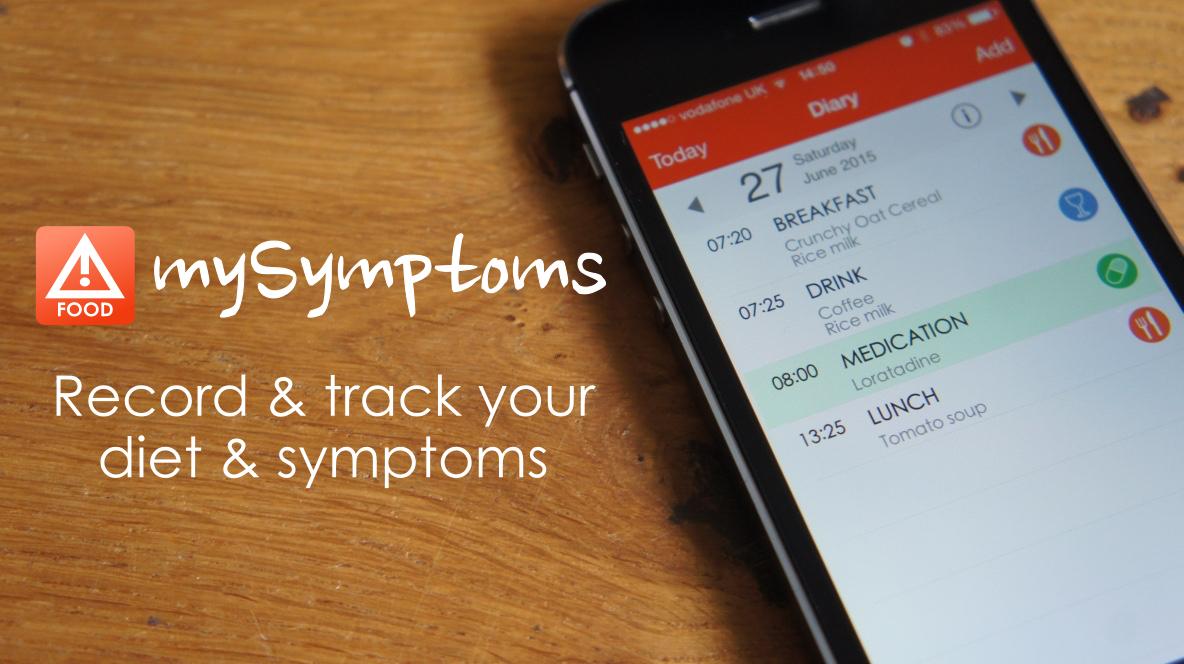You know what tastes good, but you may not be so clear on how certain foods make you feel. Identifying foods that cause adverse reactions can involve a bit of detective work. An app called mySymptoms helps solve the puzzle.
The first step in tracking food sensitivities is keeping a food diary. The second step is correlating specific foods with recurring symptoms. As the name suggests, the mySymptoms app links your diet to the symptoms you experience throughout the day, so you can weed out offending foods.
The app has several options for recording meals or snacks: You can scan the barcodes, find your foods in the limited mySymptoms database, or type in each ingredient from a homemade recipe. You can also record drinks, medications, supplements, environmental factors, physical activity—whatever you can think of that might trigger an undesirable reaction.
Meanwhile, you also record your symptoms and their intensity. Super bloated and gassy at noon? Exhausted after lunch? Afternoon migraine? Type them in. You can also add other details such as sleep quality and bowel movements.







